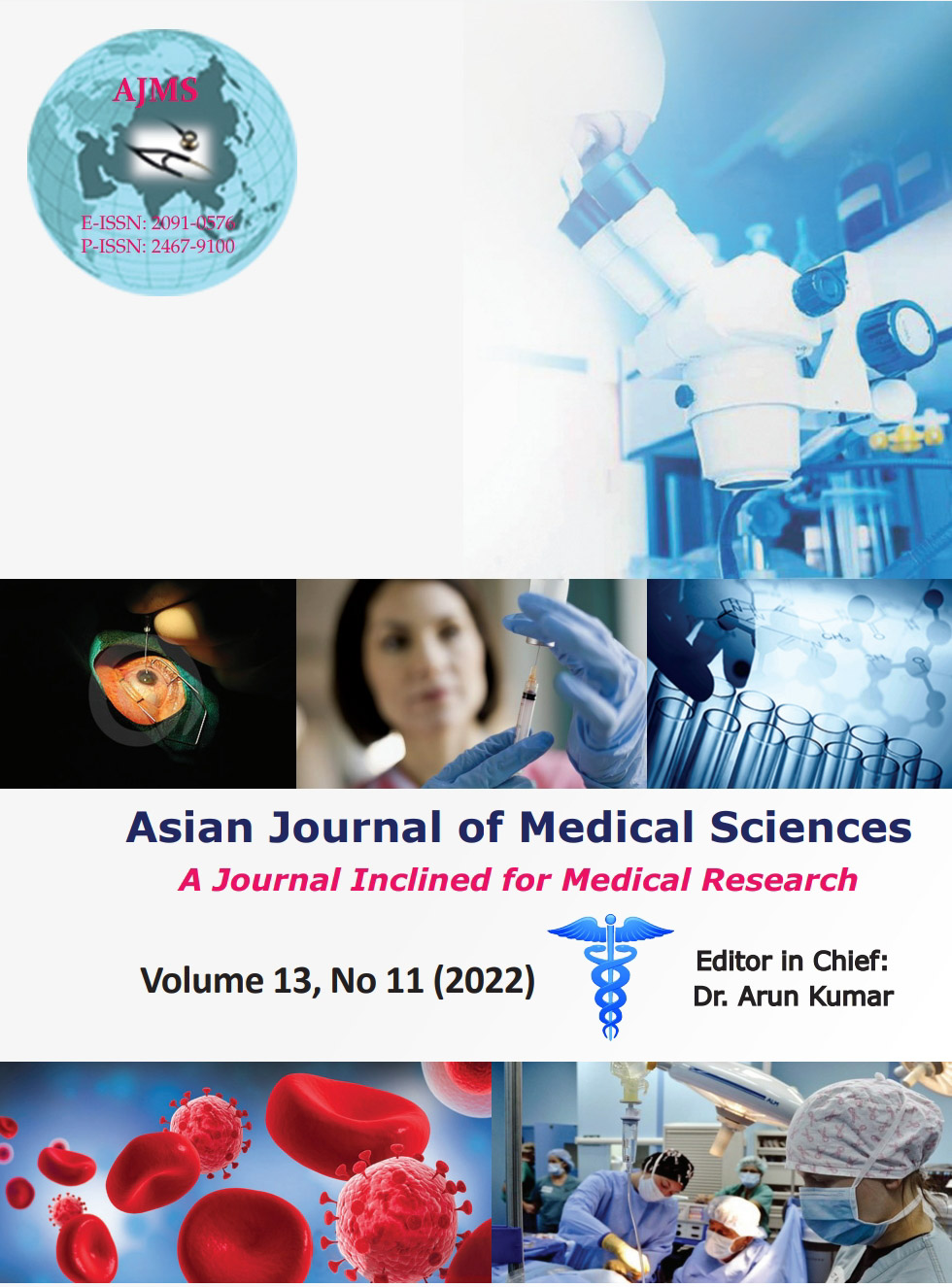A study to observe the effectiveness of dacryocystectomy in the management of chronic dacryocystitis
Keywords:
Dacryocystectomy; Chronic dacryocystitis; OphthalmologyAbstract
Background: Diseases of the Lacrimal sac could be secondary to the disease of the neighboring areas, namely, that of nose, orbit, and the face. And yet, the diseases of the Lacrimal sac can spread to these areas.
Aims and Objectives: The present study was undertaken to observe the effectiveness of dacryocystectomy in the management of chronic dacryocystitis.
Materials and Methods: A total of 35 male and female patients with chronic dacryocystitis were part of the study after obtaining informed consent. All the cases underwent surgery under local anesthesia. Incision was made and lacrimal sac was exposed. Bone resection of lacrimal fossa was performed. This is followed by the incision of the mucosal flaps. Postoperatively, the patient is kept on antibiotic, anti-inflammatory drugs, nasal decongestant drops, and antibiotic eye drops. The skin wound is dressed daily. Irrigation of the Lacrimal sac is done daily from 2nd post-operative day onward with warm saline to which few drops of gentamicin is added. Skin sutures are removed on 5th day. The patients are followed regularly.
Results: The success rate in our series is 97.14%. The follow-up period in our series ranged between 3 months and 13 months during the follow-up. As described by stallard (1980) and paymann (1982), in 33 of our cases, the initial bony window is fashioned with a lacrimal dissector by inserting it into the suture line between the maxilla and lacrimal bone in the lacrimal fossa and breaking the Lacrimal bone.
Conclusion: The study results support that dacryocystectomy is effective in the management of chronic dacryocystitis. The study also recommends further studies with larger sample size in this area.
Downloads
Downloads
Published
How to Cite
Issue
Section
License
Copyright (c) 2022 Asian Journal of Medical Sciences

This work is licensed under a Creative Commons Attribution-NonCommercial 4.0 International License.
Authors who publish with this journal agree to the following terms:
- The journal holds copyright and publishes the work under a Creative Commons CC-BY-NC license that permits use, distribution and reprduction in any medium, provided the original work is properly cited and is not used for commercial purposes. The journal should be recognised as the original publisher of this work.
- Authors are able to enter into separate, additional contractual arrangements for the non-exclusive distribution of the journal's published version of the work (e.g., post it to an institutional repository or publish it in a book), with an acknowledgement of its initial publication in this journal.
- Authors are permitted and encouraged to post their work online (e.g., in institutional repositories or on their website) prior to and during the submission process, as it can lead to productive exchanges, as well as earlier and greater citation of published work (See The Effect of Open Access).




